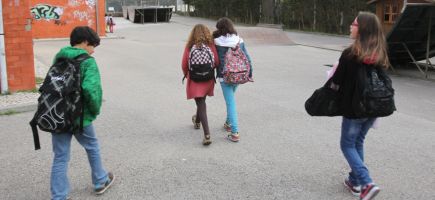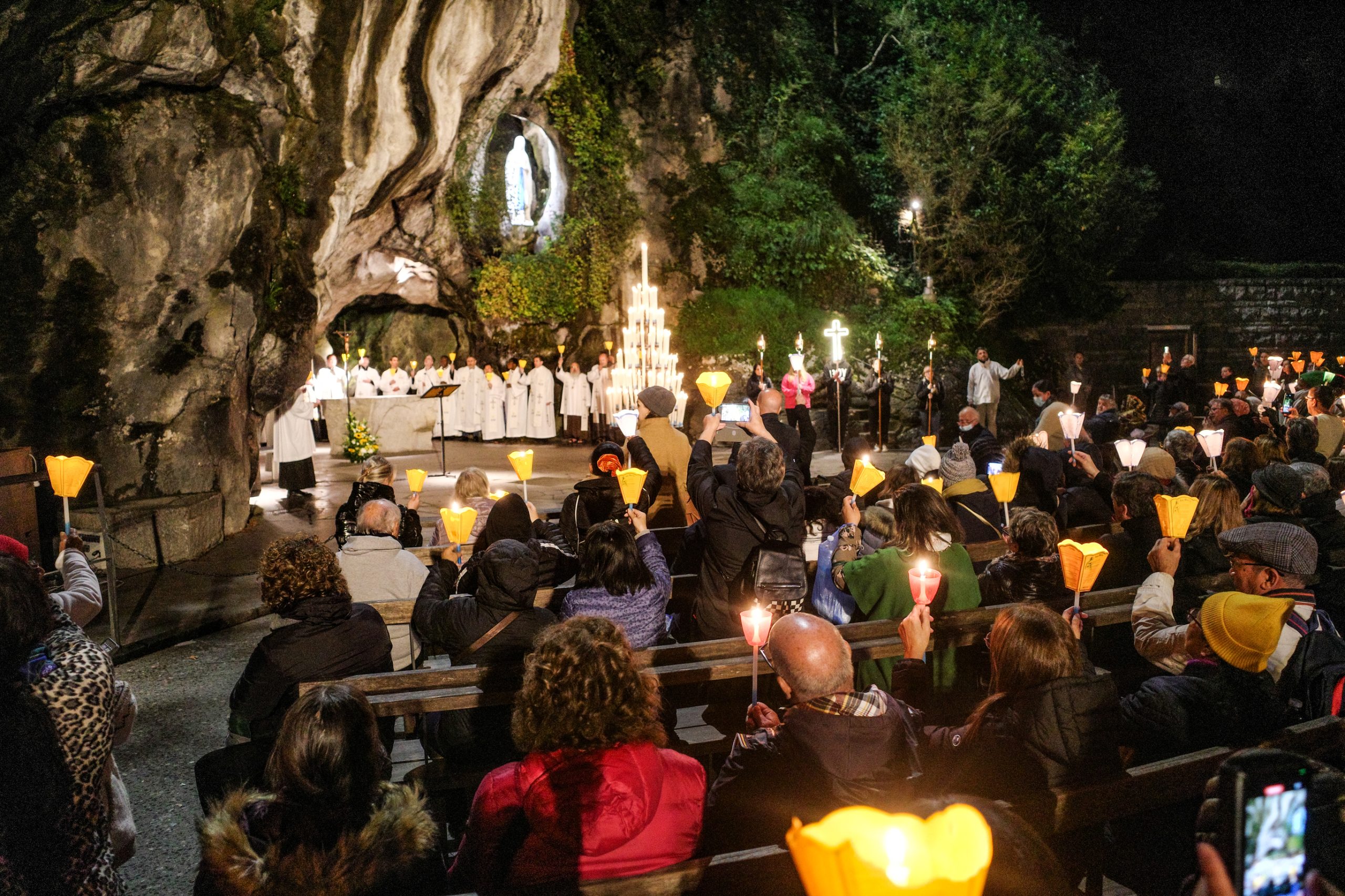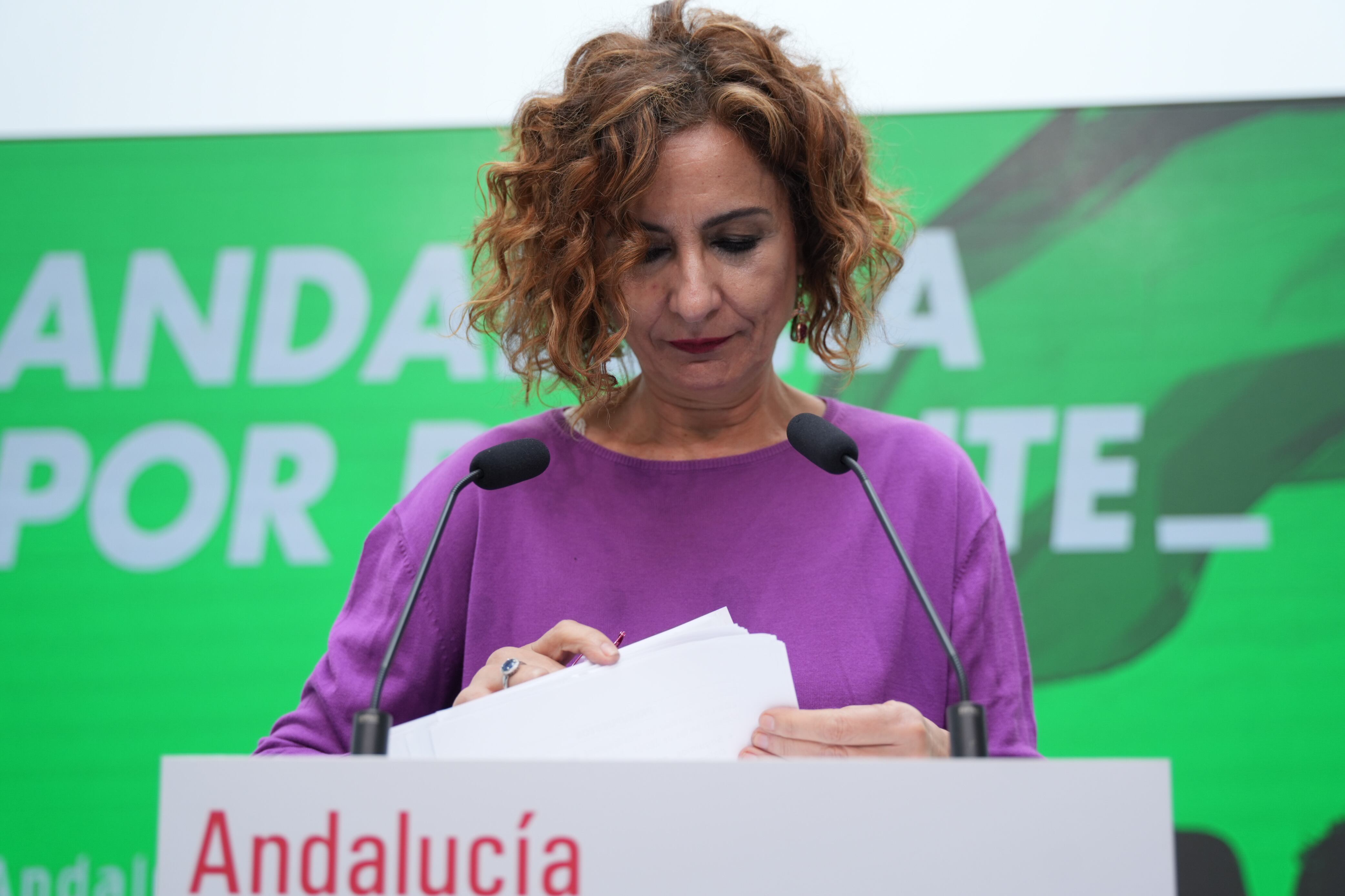Schools have few students and maladjusted offer

About 40% of mainland Portugal schools have less than 15 students and 26% have less than 10 students and there is now an imbalance in the proportion between the number of students and teachers in public education, resulting from the loss of about 117,000 students and increasing more than 9,000 teachers in the last 10 years (between 2014 and 2023). The data are advanced by the study of Edulog, the Think Tank for the education of the Belmiro de Azevedo Foundation, which concludes that inefficiency in human resources management may be the source of a greater need for teachers in the Portuguese public education system.
“In the case of the 3rd cycle of basic education, in particular, a tendency is identified for the increase in the number of schools with less than 15 students-namely five students per year of school-due to the demographic breach registered in most regions of the continent. Regarding secondary education, the scenario is even more alarming, with about 50% of the offers of professional schools of public schools to register less than 15 students, which represents a waste of resources, especially teachers and public money, ”says the document.
And in view of this scenario recommends a better organization and observance of the criterion of complementarity between schools in the same municipality or in the set of neighboring municipalities, as well as the integration of the 1st and 2nd cycles in a single cycle corresponding to primary education – as in other countries – in order to mitigate the dispersion of teaching offer.
According to the study, “this maladjustment of teaching supply to demographic evolution can be explained by excessive supply and/or inefficiency in the management of the school network. The figures reveal, for example, that in preschool and basic teachings (1st, 2nd and 3rd cycles) about 30% of classes do not respect the minimum number of students per class stipulated by law, being the average dimension of total classes of 20 students. In the case of secondary, this proportion goes from 30% in scientific-technological courses, to 79% in professional courses ».
Edulog also highlights the organization of school times, namely class time, the organization of weekly times, hours and the annual calendar. « In particular, the variation of the academic times of the curriculum units, with durations between 45, 50 and 90 minutes, creates waste, being possible to gain if all schools adopted units of 50 minutes-in this case, for every 10,000 times of 90 minutes, 181 full schedules could be released, » he says.
Faced with these results, David Justino, a member of Edulog's Advisory Board and author of the study, reveals that “it is no longer enough to look at the problem of the need for teachers only in the perspective of the attractiveness of the teaching profession and, consequently, the growing difficulty in replacing generations of teachers. Now, what this new study comes to demonstrate is that the problem is systemic, and that the answer will also have to go through the creation of mechanisms that make it more efficiently monetizes human resources. We therefore need a much more uniform and efficient public school management model, as it should be complemented by a greater bet on teacher education – especially in the areas of more critical knowledge – as well as the creation of better working conditions and progression on the teaching career, in order to minimize the impact of teachers' lack.







